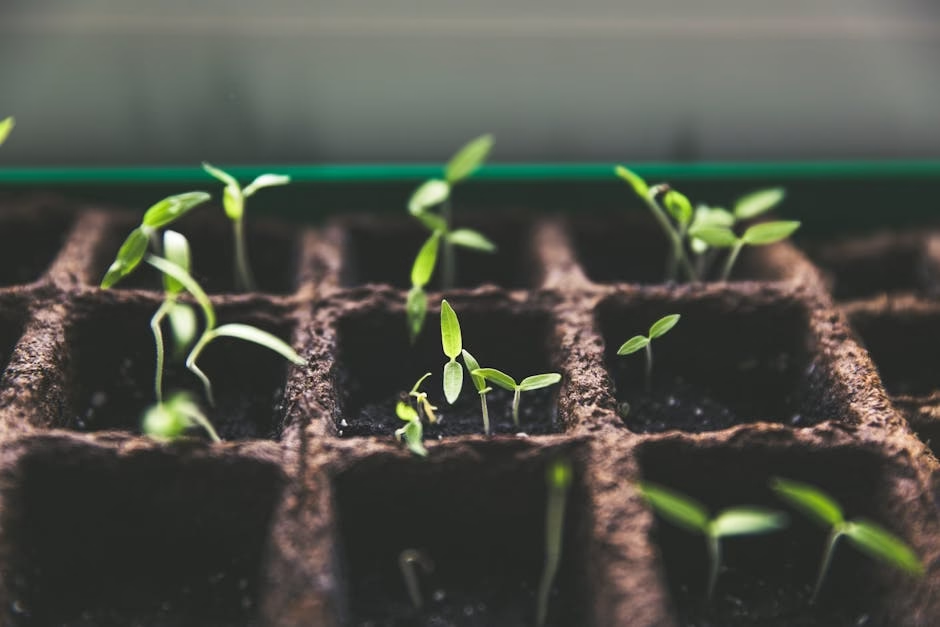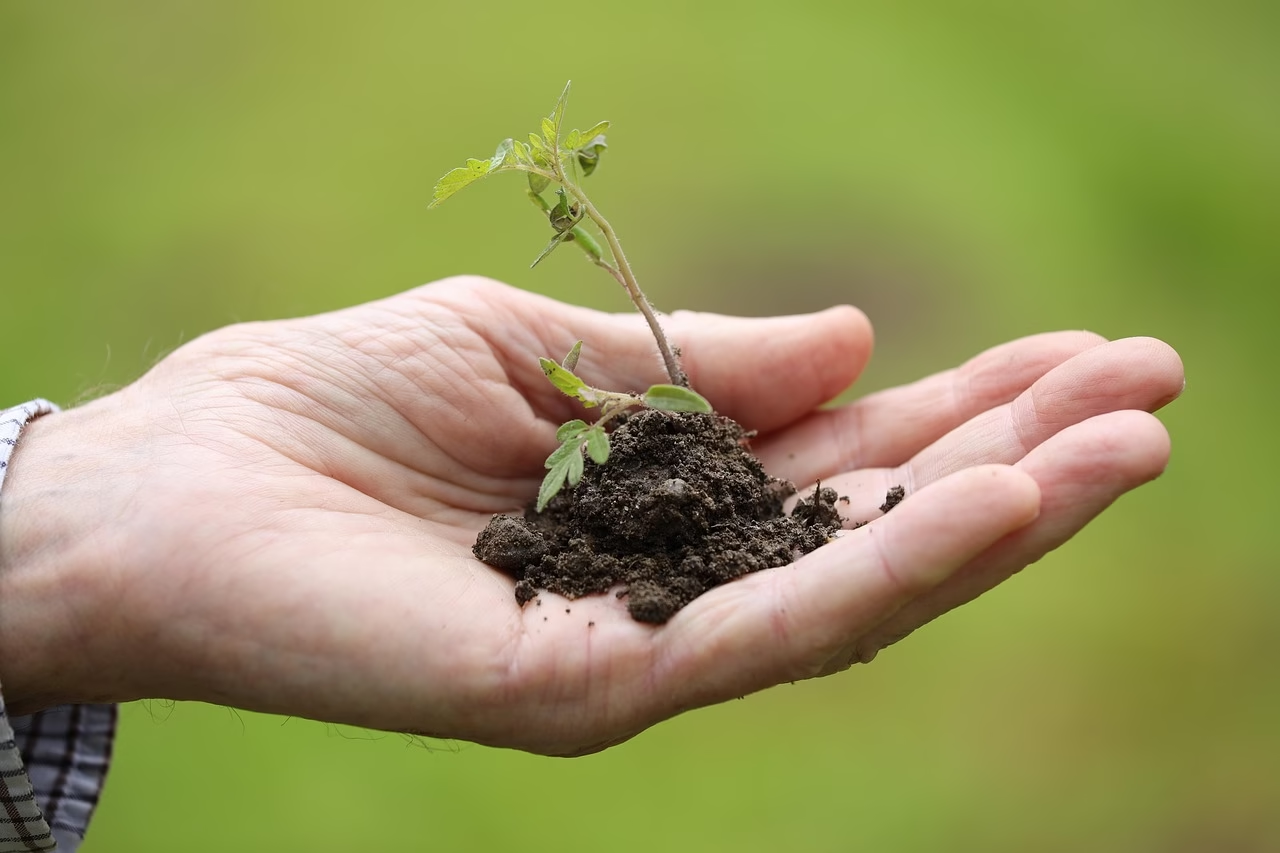Discover the fascinating ways plants send signals and interact with their environment.
When we think of communication, plants aren’t usually the first thing that comes to mind. However, plants have their own intricate methods of interacting with each other and their surroundings. From releasing chemical signals to responding to touch, plants are far more intelligent and interconnected than we often realize.
Do Plants Really Communicate?
Yes, plants communicate in various ways. While they don’t have brains or mouths, they rely on chemical signals, electrical impulses, and even sound waves to share information. This “language” helps them warn neighboring plants about threats, attract pollinators, and even nurture their offspring.
For a deeper dive into the science behind plant behavior, read this article from National Geographic.

Methods of Plant Communication
Plants use several fascinating techniques to convey messages:
- Chemical Signals: When attacked by pests, plants like corn and beans release volatile organic compounds (VOCs) to alert nearby plants or attract predators of the pests.
- Mycorrhizal Networks: Often called the “Wood Wide Web,” fungal networks in the soil connect plant roots, allowing them to share nutrients and warnings about diseases or droughts.
- Touch Sensitivity: Plants such as the Mimosa pudica close their leaves when touched, which may serve as a defense mechanism.
- Electrical Signals: Through bioelectric impulses, plants can rapidly respond to environmental changes, such as light or damage.
To explore more about environmental adaptations, check out our article on Unique Plant Adaptations.
The Role of Fungi in Plant Communication
Fungi play a crucial role in plant communication. Mycorrhizal fungi form symbiotic relationships with plant roots, creating a vast underground network. This network allows plants to “talk” to one another by sending chemical and electrical signals through fungal threads.
Recent studies have shown that these networks are essential for the survival of many plant species, as they enable resource sharing and defense coordination. Learn more about these fascinating relationships in our post on Soil Biodiversity and Ecosystems.
How Plants Respond to Stress
When under stress from drought, nutrient deficiency, or predation, plants employ various strategies to survive:
- Releasing Warning Chemicals: Plants under attack release chemicals into the air to warn their neighbors of potential danger.
- Strengthening Defenses: Some plants produce toxic substances or grow tougher leaves when they detect nearby herbivores.
- Adjusting Growth: Plants can grow longer roots to seek water or alter their leaf angle to maximize sunlight intake.
Why Plant Communication Matters
Understanding how plants communicate opens doors to innovative solutions in agriculture, conservation, and climate resilience. For instance, by mimicking natural plant communication, farmers can develop pest-resistant crops or promote healthier ecosystems.
Additionally, plant communication highlights the interconnectedness of all living systems, reminding us of the delicate balance that sustains life on Earth.
Conclusion
The secret language of plants demonstrates the remarkable complexity of the natural world. By studying these communication methods, we not only gain insight into plant behavior but also uncover ways to address global challenges, from food security to biodiversity loss.
For more insights into nature’s hidden wonders, read our post on Nature’s Hidden Marvels.
Plants may seem silent, but their actions speak volumes—if we know how to listen.





